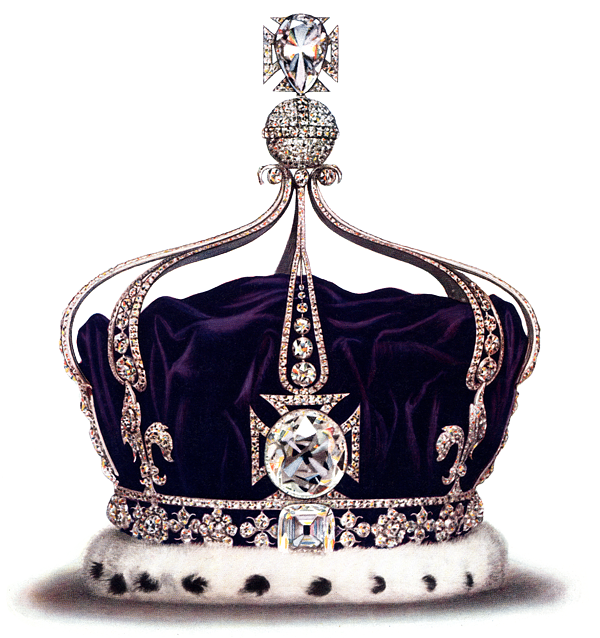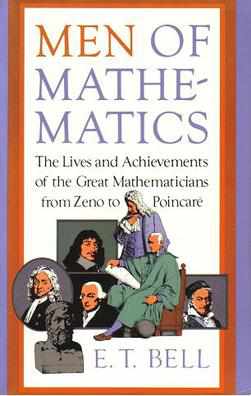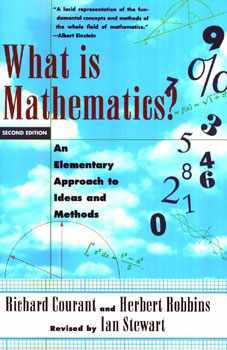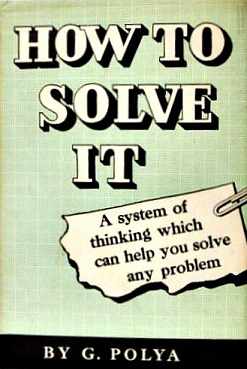
The profound abstractness and enticing beauty of the 'queen of sciences' that is mathematics always deserved its spokespersons. Bhaskara II's LIlavati did it in the text form in the 12th century. Though it is the first volume of his masterly treatise Sidhanta Siromani, Lilavati introduces mathematical puzzles on arithmetic and measurement in verse form in Sanskrit. When social media consumers wake up from their stupor once in a while and share some math puzzles that helps scratch your school level understanding of mathematics, highly likely that it is a direct/derived/corrupted Lilavati puzzle.
When it comes to biographical accounts of mathematicians, despite the European tilt in choosing the mathematicians to write about, Eric Temple Bell's Men of Mathematics is a good primer to begin with. The words to be emphasized are 'to begin with'.

The Wikipedia entry on it tells:
He originally wrote it under the title The Lives of Mathematicians, but the publishers, Simon and Schuster, cut about a third of it (125,000 words), and, in order to tie in with their book Men of Art (by Thomas Craven), gave it the title Men of Mathematics which he did not like. The book inspired notable mathematicians including Julia Robinson, John Forbes Nash, jr., and Andrew Wiles to begin a career in mathematics. However, historians of mathematics have disputed the accuracy of much of Bell's history. In fact, Bell does not distinguish carefully between anecdote and history. He has been much criticized for romanticizing Évariste Galois. For example: "[E. T.] Bell's account [of Galois's life], by far the most famous, is also the most fictitious." His treatment of Georg Cantor, which reduced Cantor's relationships with his father and with Leopold Kronecker to stereotypes, has been criticized even more severely.
When Men in Mathematics came in 1937, Ramanujan's name has already been reverentially taken in the same breadth as Euler or Jacobi. The book has no mention of him.
In my courses on learning standards or introduction to teaching science with teachers and teacher educators, one of my favorite activity is giving them 10 minutes of thinking time and asking them to write down the names of any female mathematicians/scientists, excepting Curie, knowing very well that despite amazing contributions in both mathematics and science, despite pains taken by national/international curricula in promoting history of mathematics and science, true (not token) female representation is zilch. E T Bell's book features only one female mathematician.
Only solace I derive from this book is it inspired the likes of future Nobel laureate John Nash, jr. and (the solver of the puzzle of last 300 years) Andrew Wiles. Wiles' story is for another post.
On the other hand, What is Mathematics? An Elementary Approach to Ideas and Methods by Richard Courant published in 1941 is a far better candidate in rendering services to this branch of knowledge.

While reviewing in 2001 in American Mathematical Society, professor Brian E Blank writes:
[..] As the preface says, a genuine comprehension of mathematics cannot be acquired through “painless entertainment.” There are plenty of popular books that run away from every mathematical difficulty; the reader who seeks such a treatment has always been well served. Courant and Robbins has earned what ought to be a permanent place in the mathematical literature by conveying not only a treasure-trove of mathematical facts but also the ideas and methods behind them. To my mind the balance of intuition and rigor is just right for a popular book that intends to lay open the real substance of mathematics. In the matter of proofs I cannot think of a single misjudgment. Every proof that is included, no matter how difficult for the beginner, is there because it contains an idea that anyone who perseveres can master. There is no better way to begin the acquisition of intellectual maturity.
History and biography apart, the proof is in the pudding. The book that offered a tool, won't say a recipe, to do mathematics is How to Solve It by Goerge Polya. Came in 1945, it has never aged.

Every time any teacher educator pleads guilty of not having heard, forget about read, Polya I offer my condolences for having missed the art of doing mathematics. As the global pandemic of fear for math is rampaging as ever, the 'vaccine' for it is meant for the teachers only. One dose of Polya into their pedagogic bloodstream and a generation of learners will have an innate immunity to that fear!
Easy to read, it offers 4 simple principles.
First, you have to understand the problem.
After understanding, make a plan.
Carry out the plan.
Look back on your work. How could it be better?
It also has a rejoinder "If you can't solve a problem, then there is an easier problem you can solve: find it."
The simplicity and the charm of these principles, in my view, runs parallel to the approach taken by lieutenant colonel Frank Slade in Scent of a Woman. when he invited Donna for a tango.
So, Donna,
ah...
do you tango ?
No. I wanted to learn once, but --
But ?
But Michael didn't want to.
Michael, the one you're waiting for.
Michael thinks the tango's hysterical.
Well, I think Michael's hysterical.
Don't pay any attention to him. Did I already say that ?
What a beautiful laugh.
Thank you, Frank.
Would you like to learn to tango, Donna ?
Right now ?
I'm offering you my services... free of charge.
What do you say ?
Ah...
I think I'd be a little afraid.
Of what ?
Afraid of making a mistake.
No mistakes in the tango, not like life.
It's simple. That's what makes the tango so great.
If you make a mistake, get all tangled up, just tango on.
Why don't you try ?
Will you try it ?
All right. I'll give it a try.
Hold me down, son.
Your arm.
Charlie,
I'm gonna need some coordinates here, son.
The floor's about by
and you're at the long end.
There's tables on the outside. The band's on the right.
Oh, Frank, you are one incredible dancer.
Wait'll you see Charlie dance.
All one needs is a Lt. Col. Slade (read Polya) to inject confidence to anybody.
The second principle, of devising a plan is my favorite. It offers you a canvas to paint your mathematical magic.
Look at the partial list of strategies offered.
Guess and check
Make an orderly list
Eliminate possibilities
Use symmetry
Consider special cases
Use direct reasoning
Solve an equation
Also suggested:
Look for a pattern
Draw a picture
Solve a simpler problem
Use a model
Work backward
Use a formula
Be creative
When was the last time you heard the words 'look for a pattern', 'draw a picture', 'work backward', 'be creative' in a classroom transaction of mathematics? Hardly. The word 'transaction' is intentional, quite straight-forward, unimaginative and 'reeks of' a structure. I wish I had confidently used the word 'exploration' instead.
When we start exploring mathematics it becomes a tango again.





















Write a comment ...